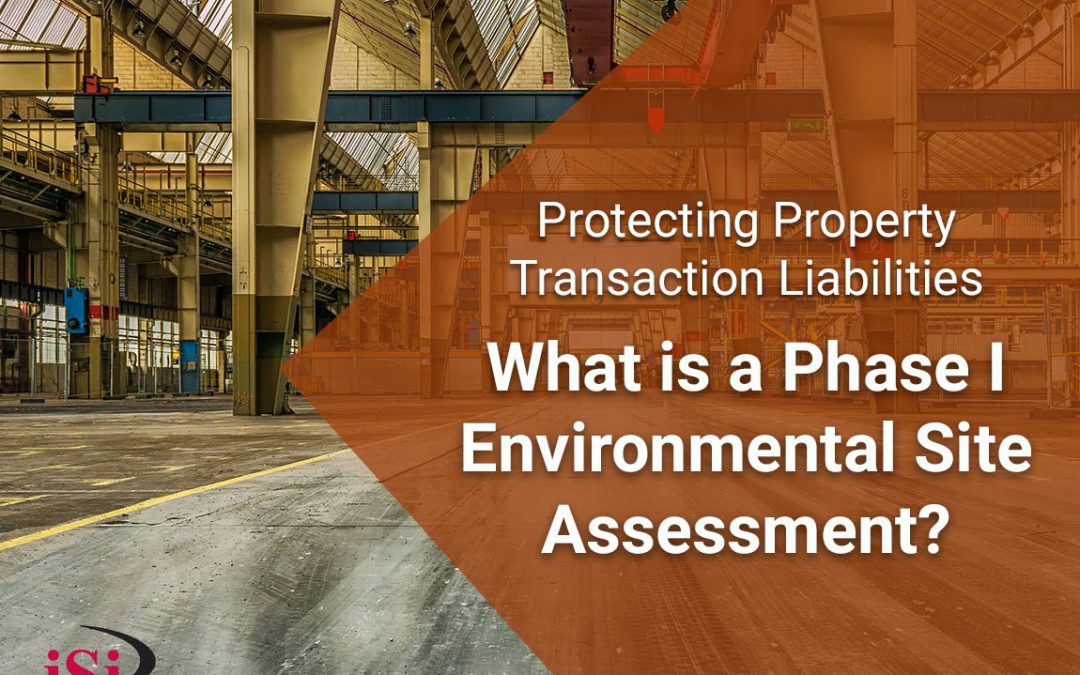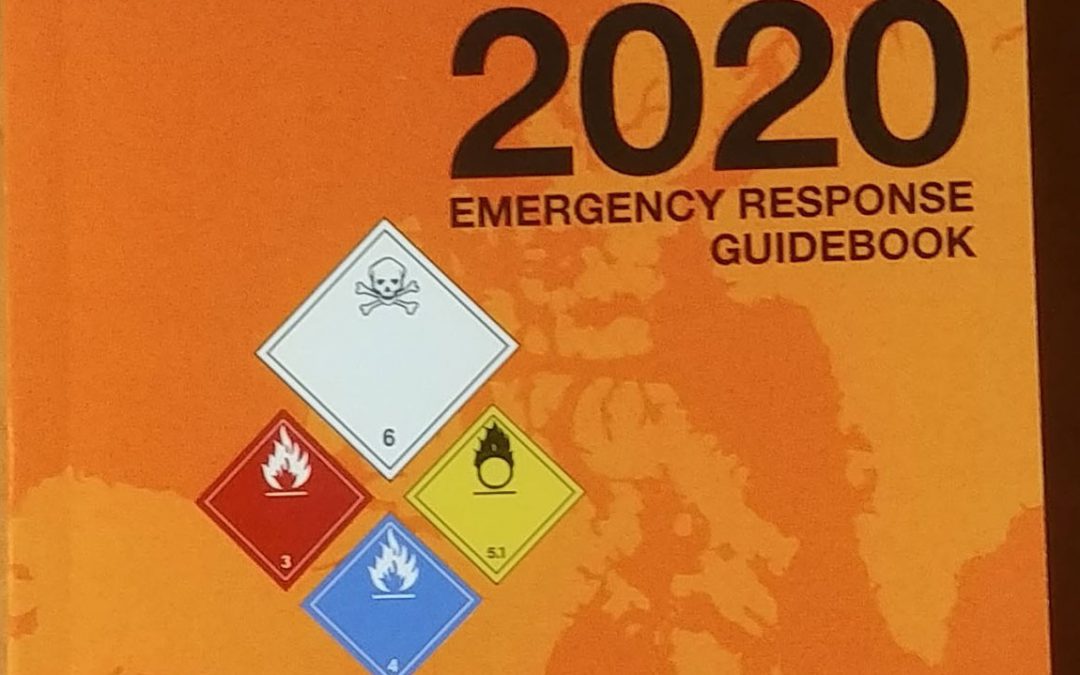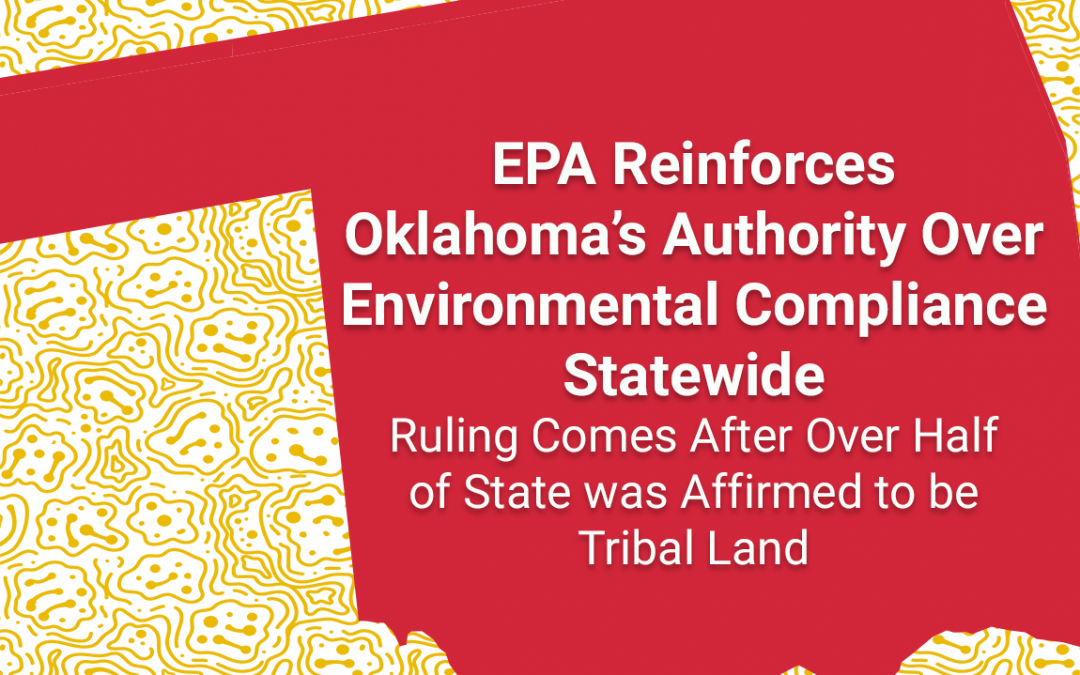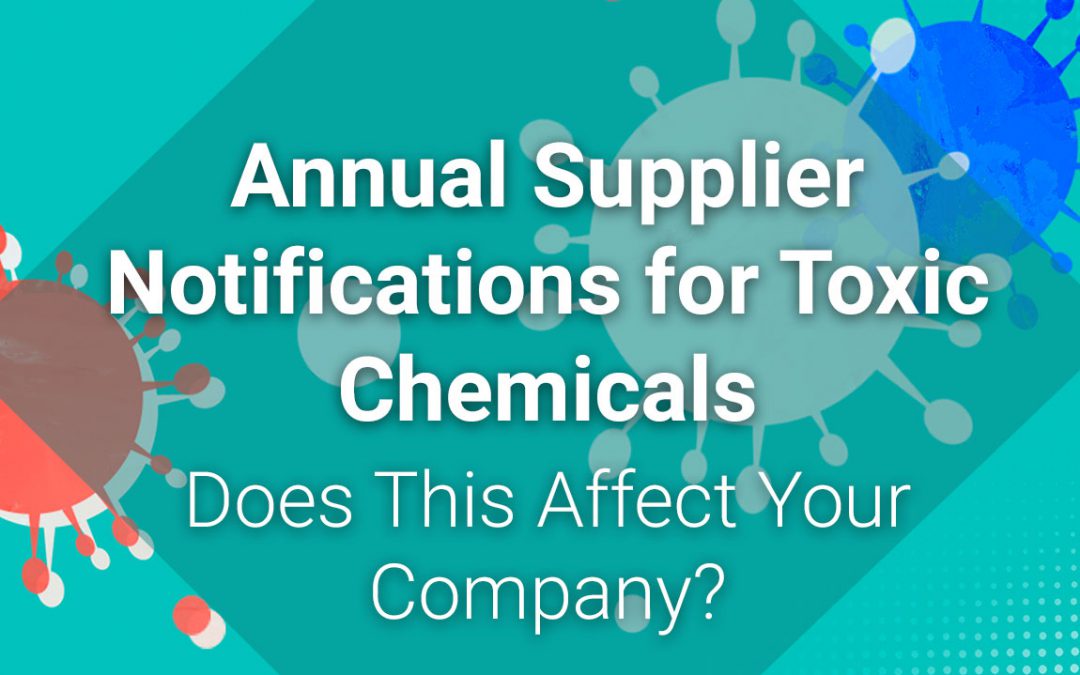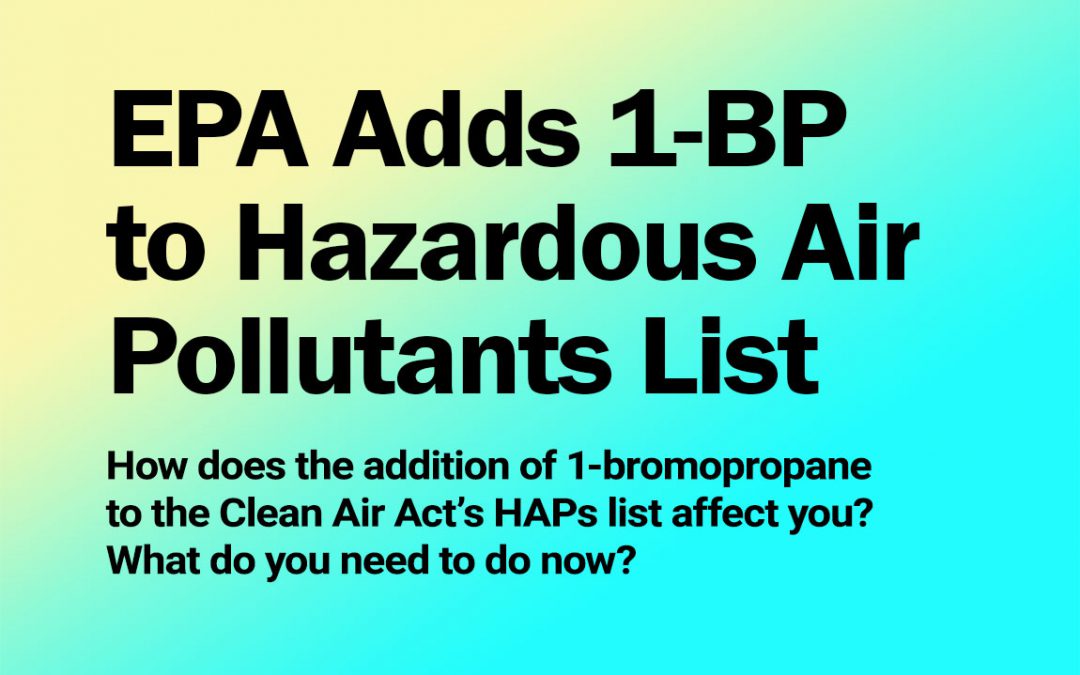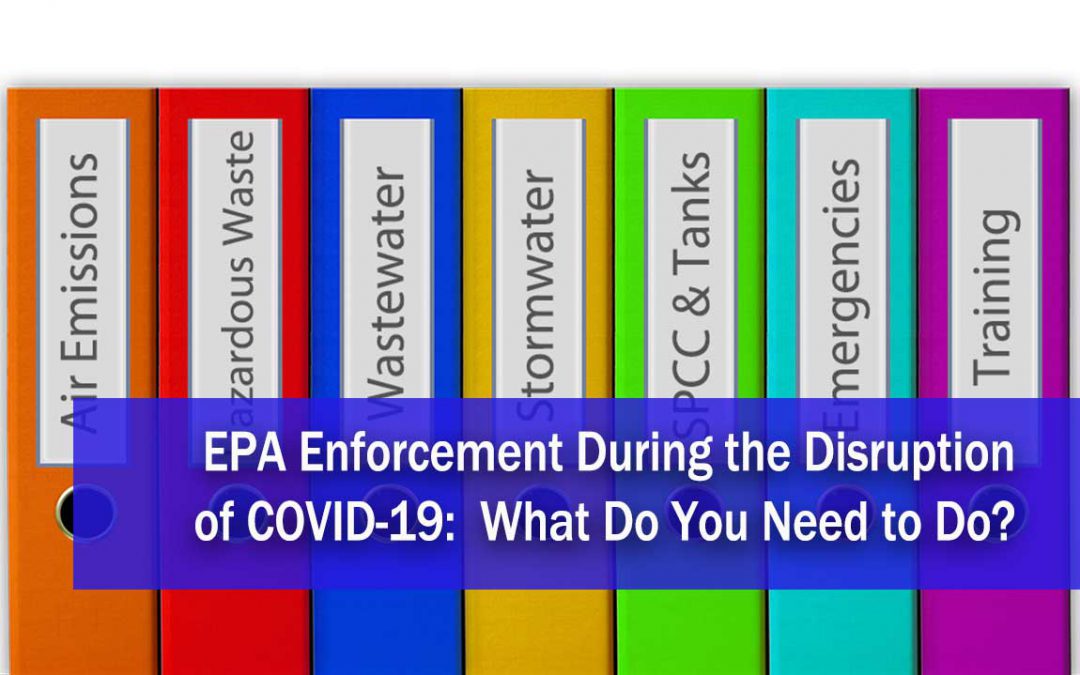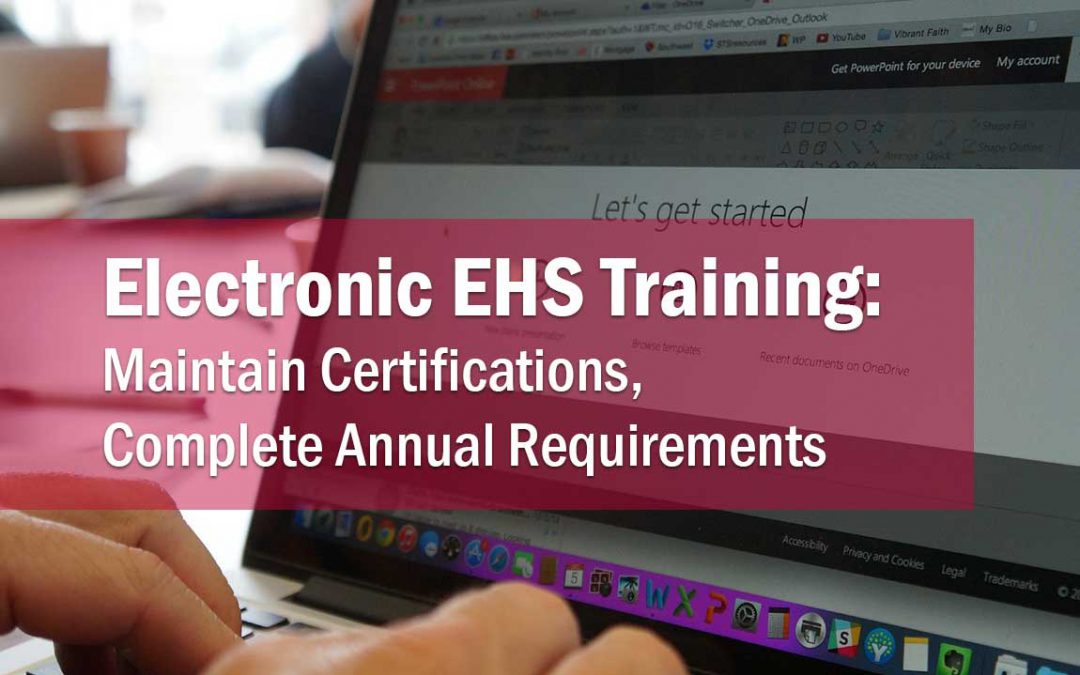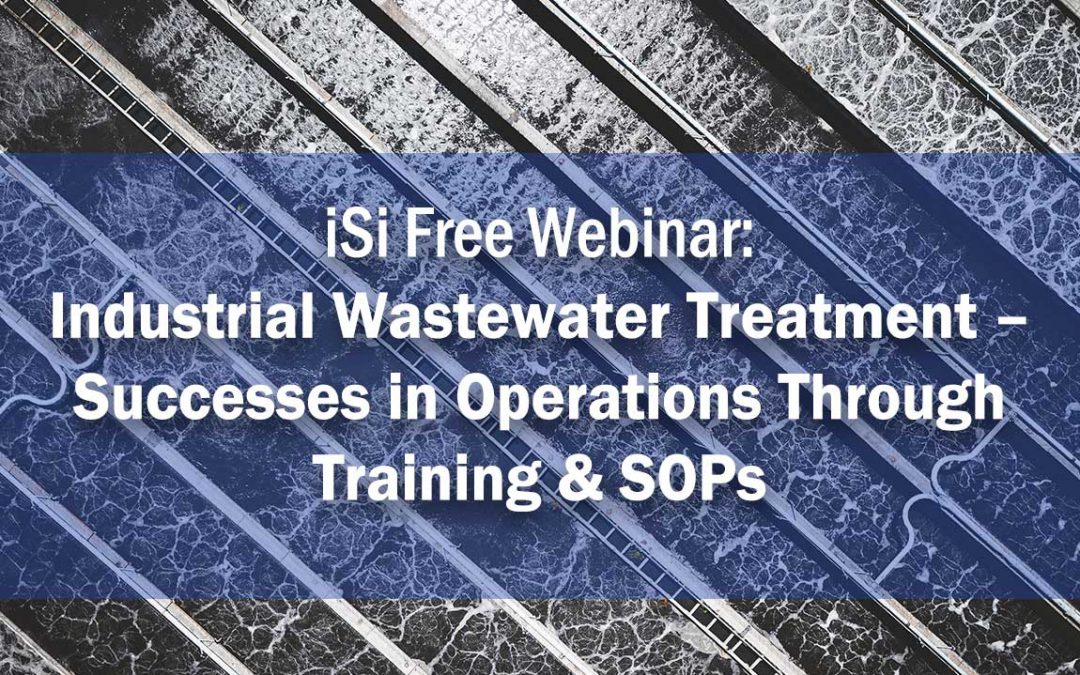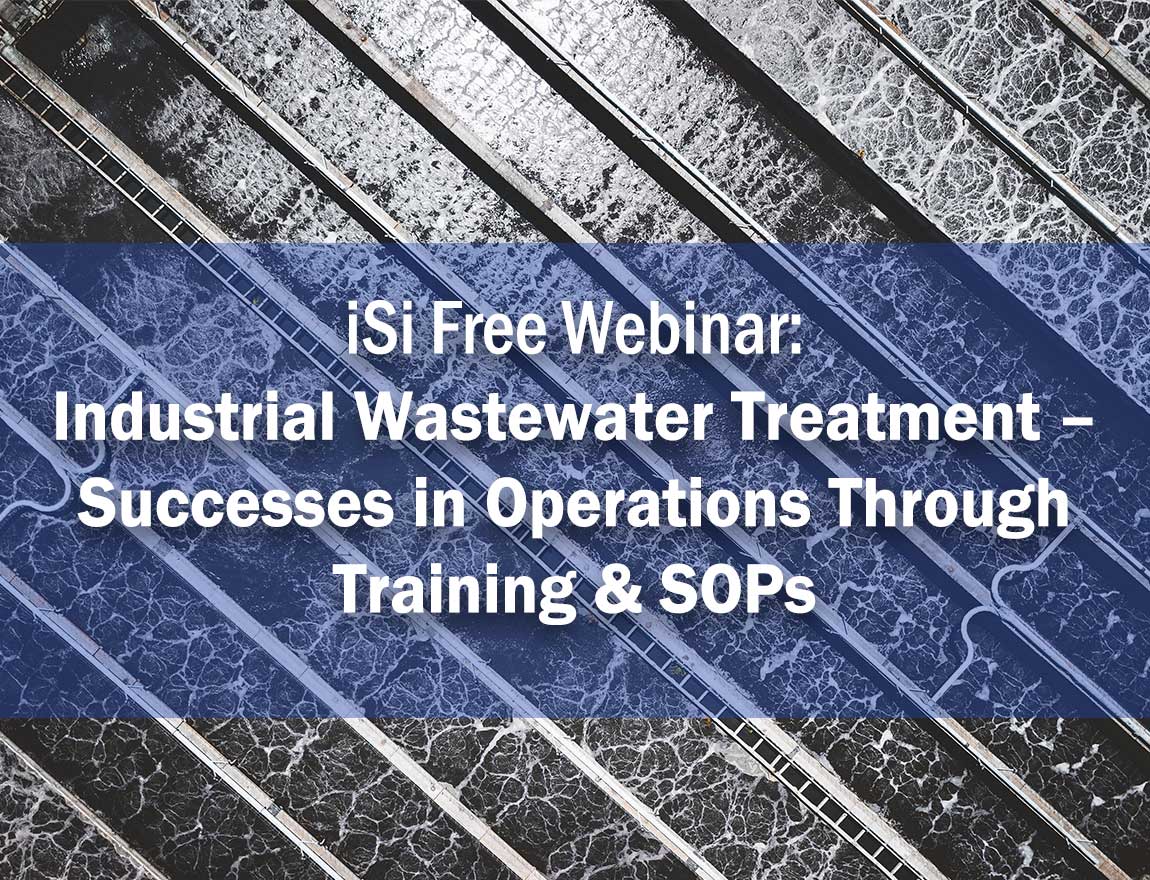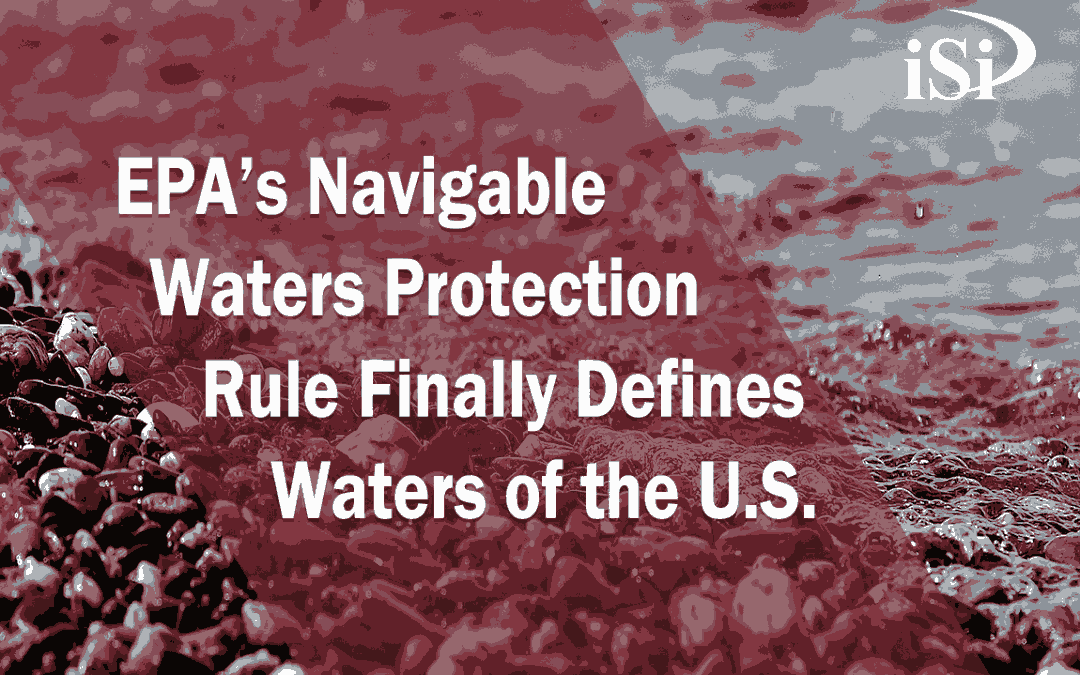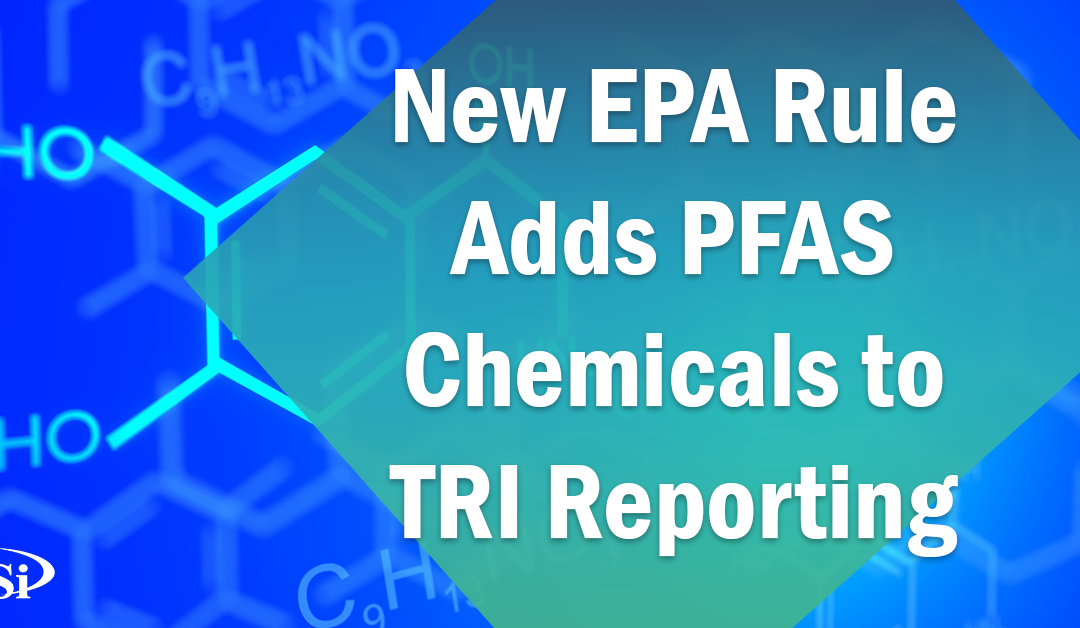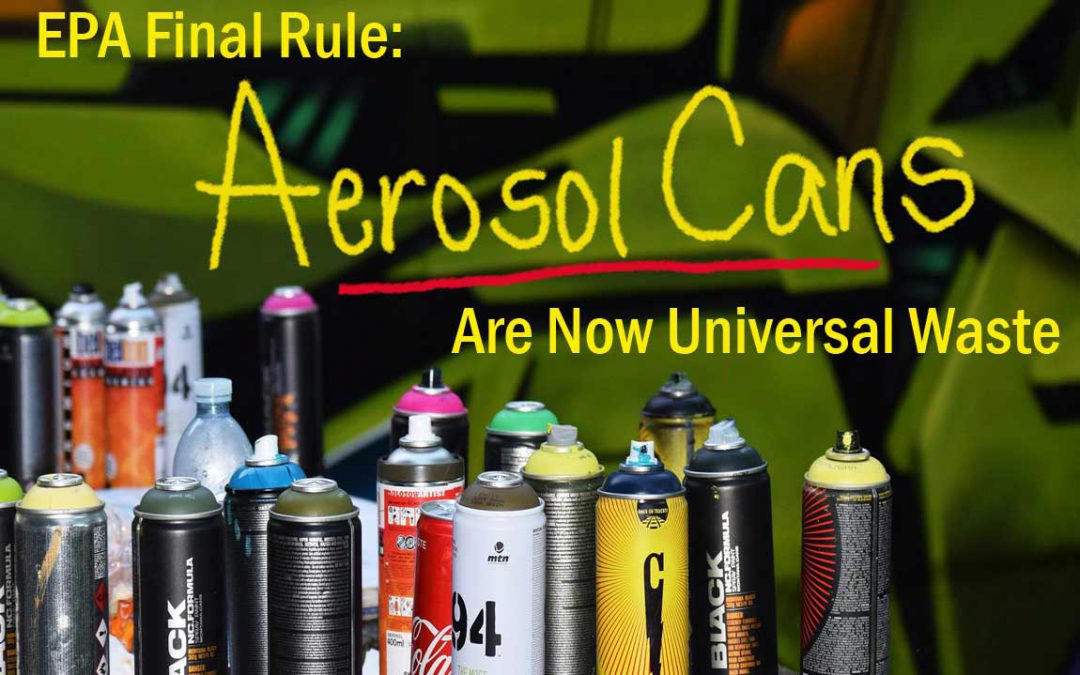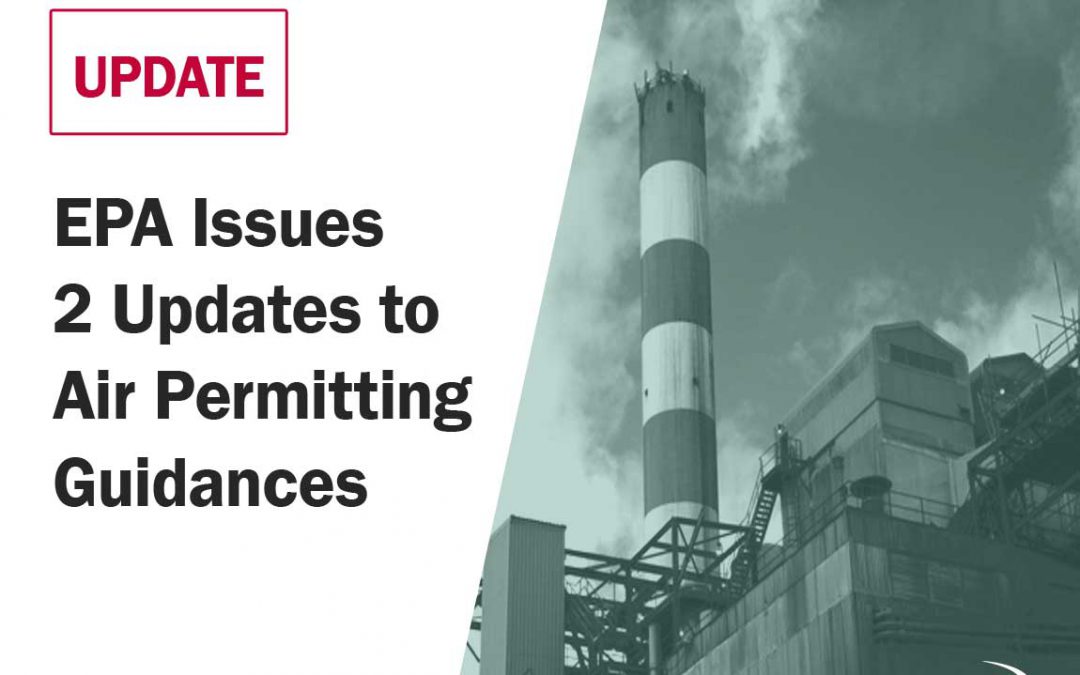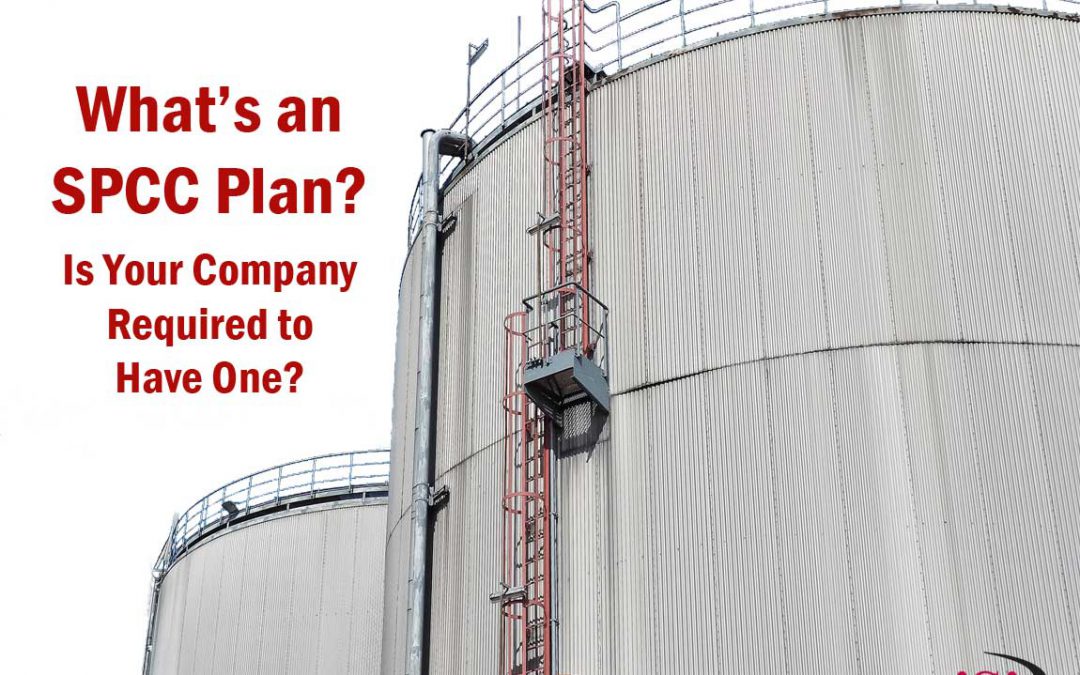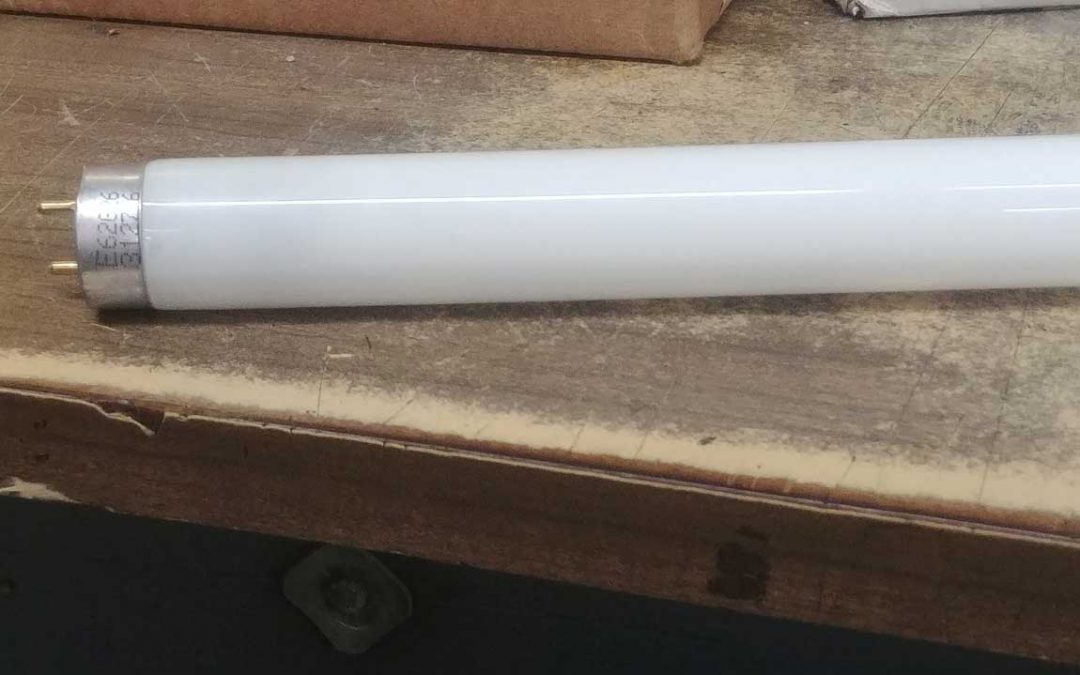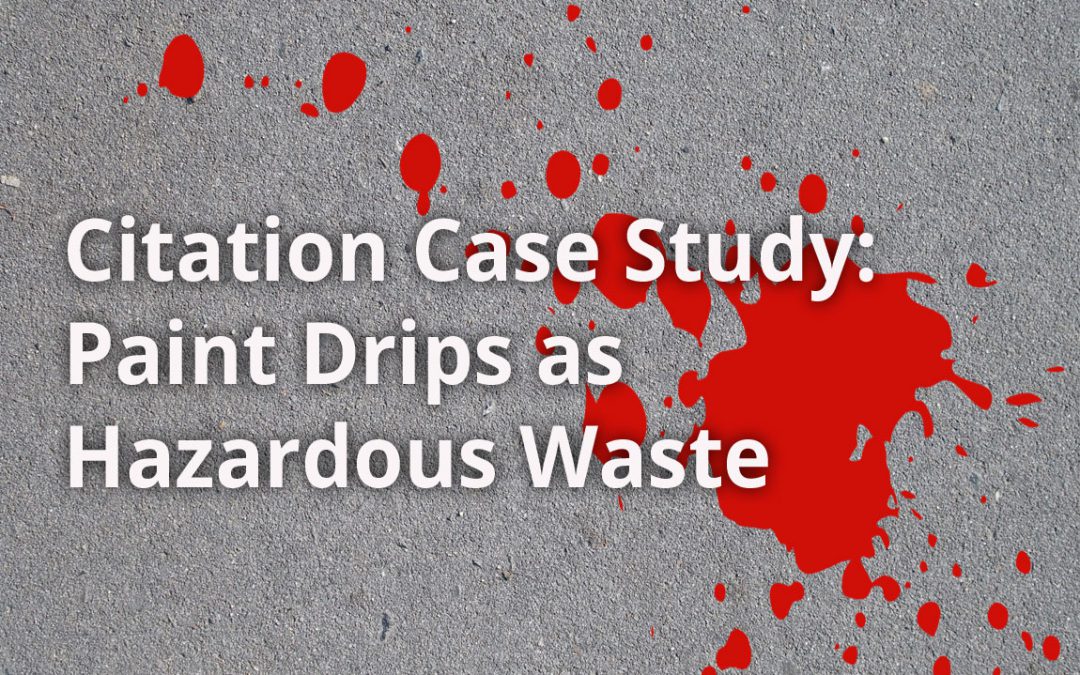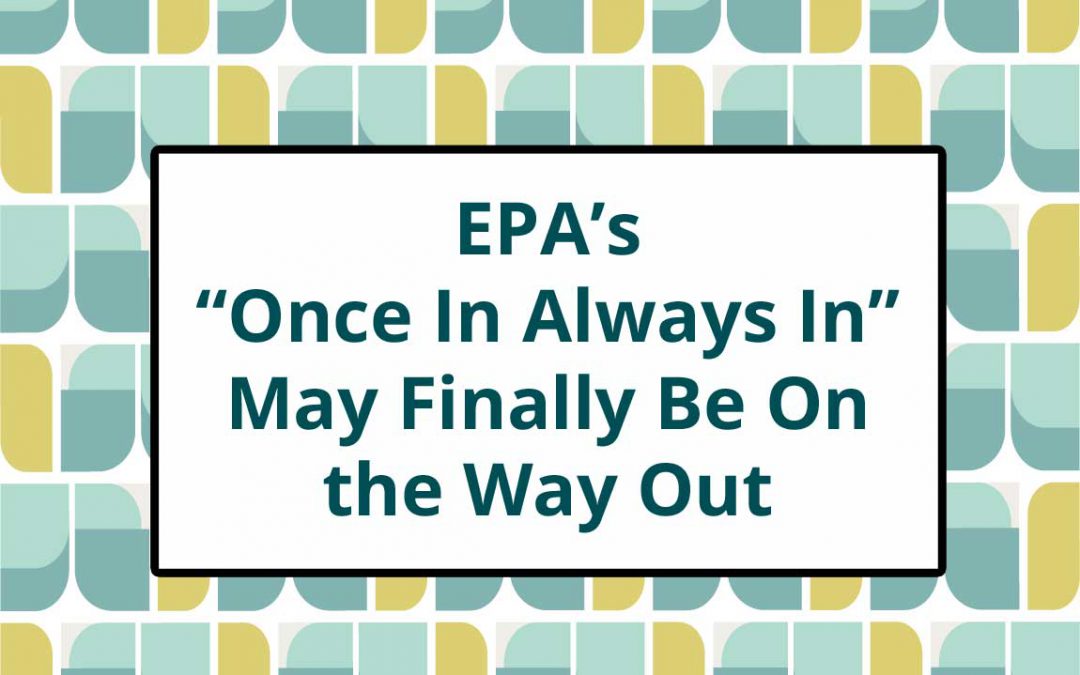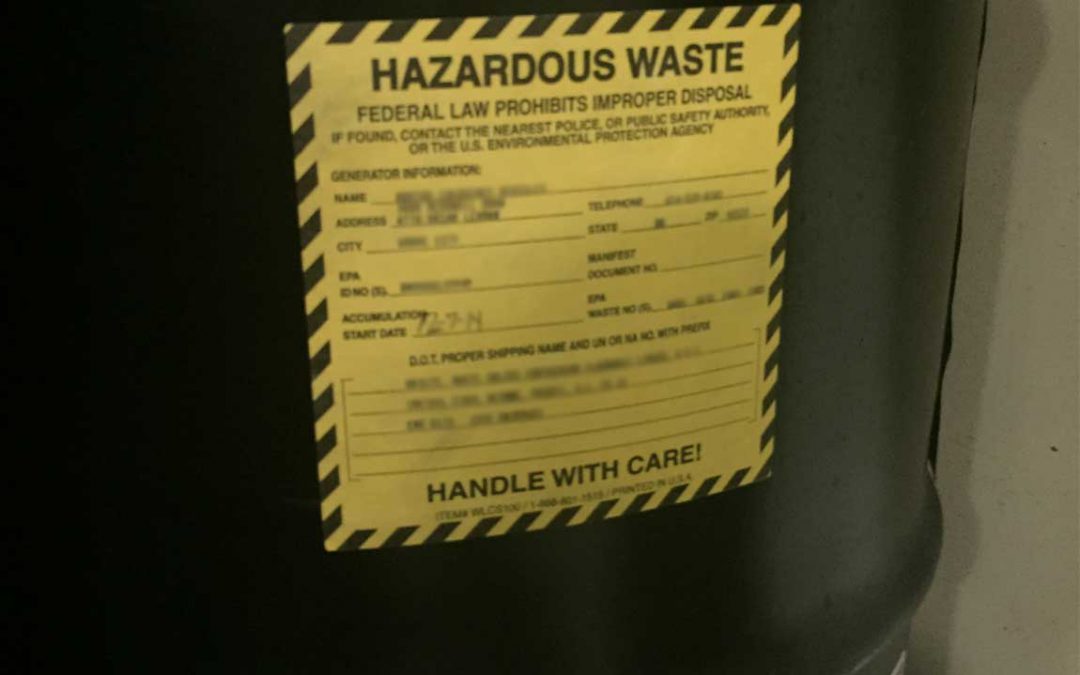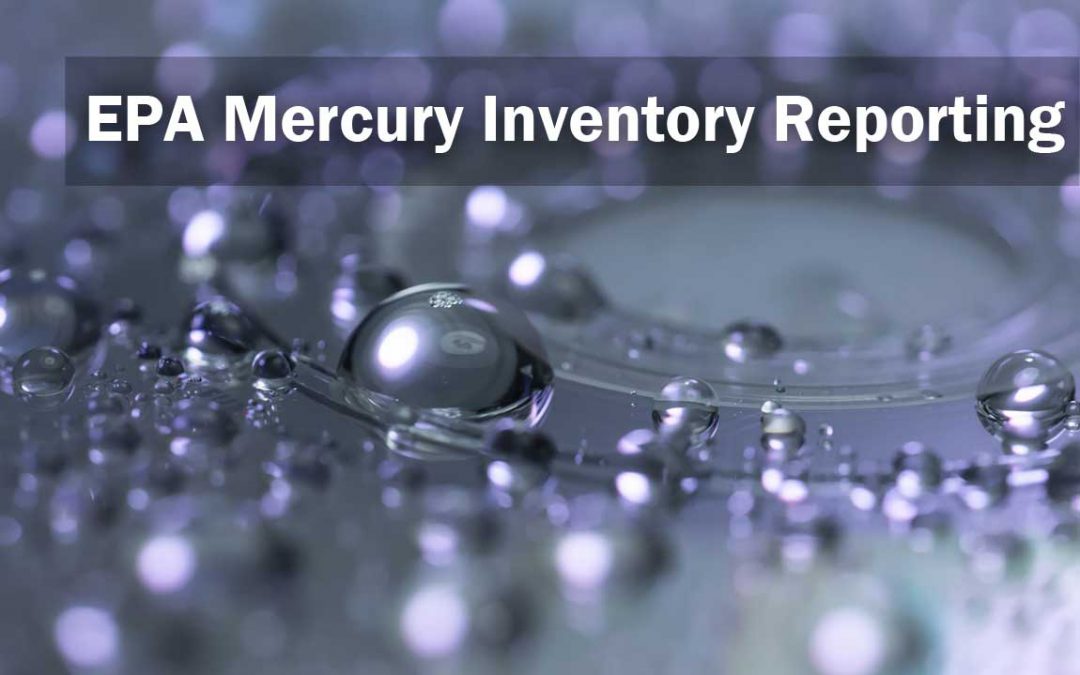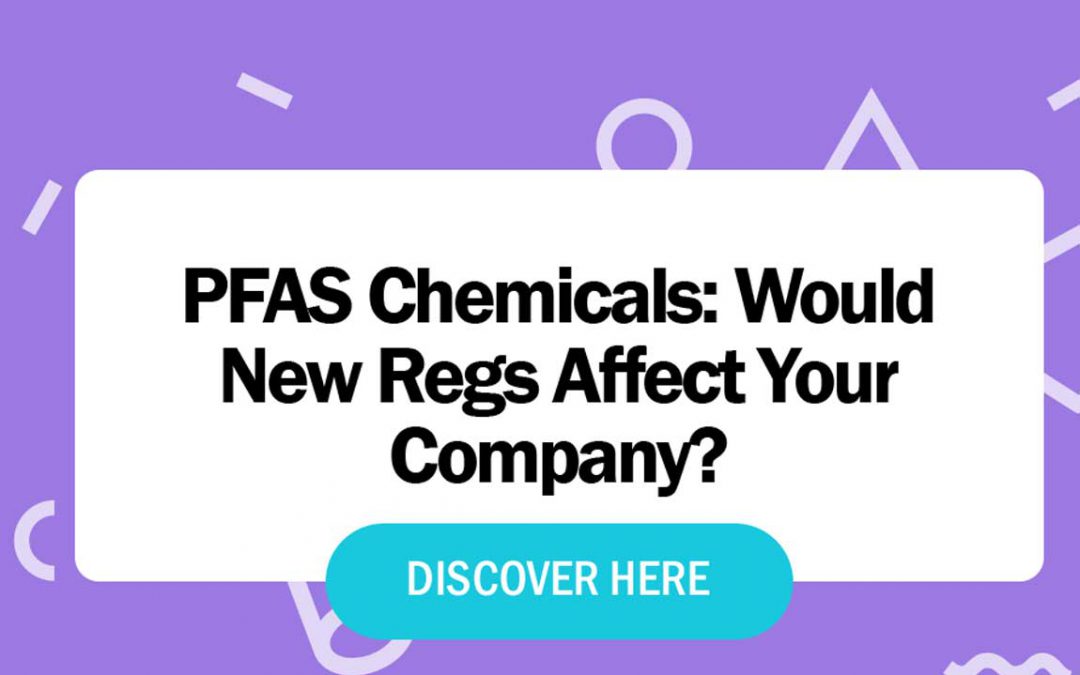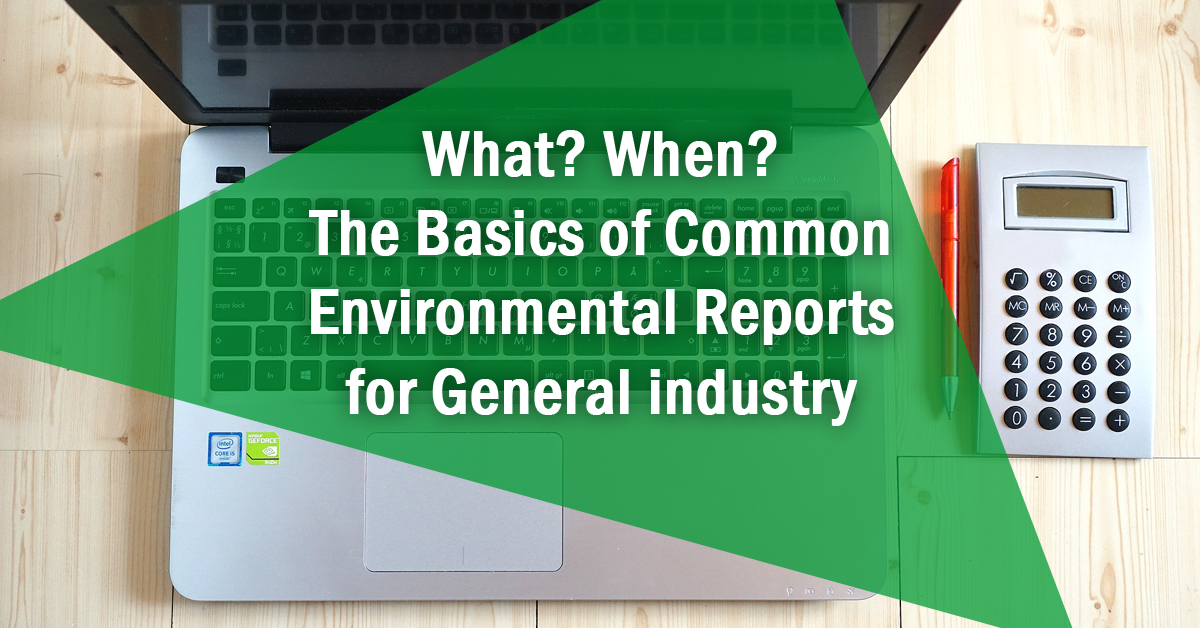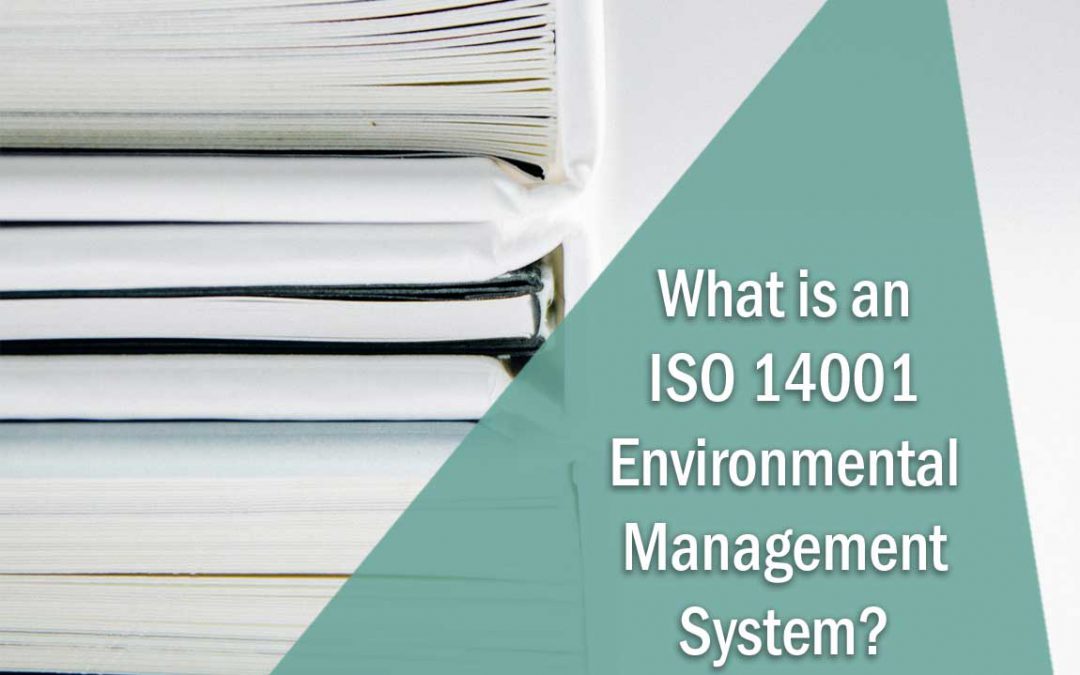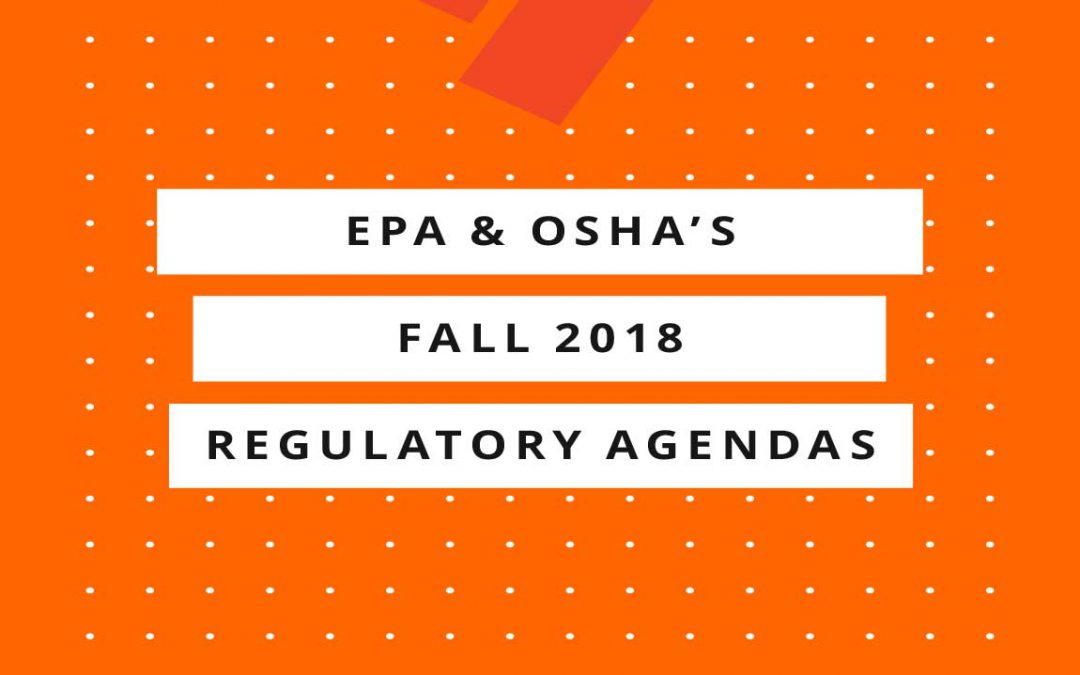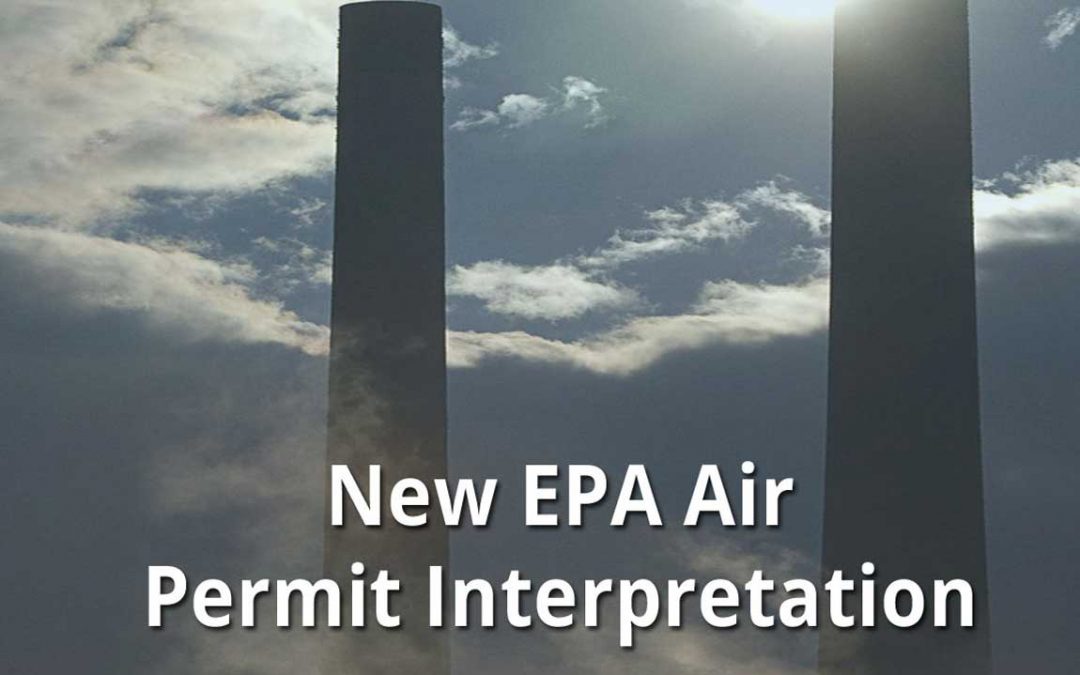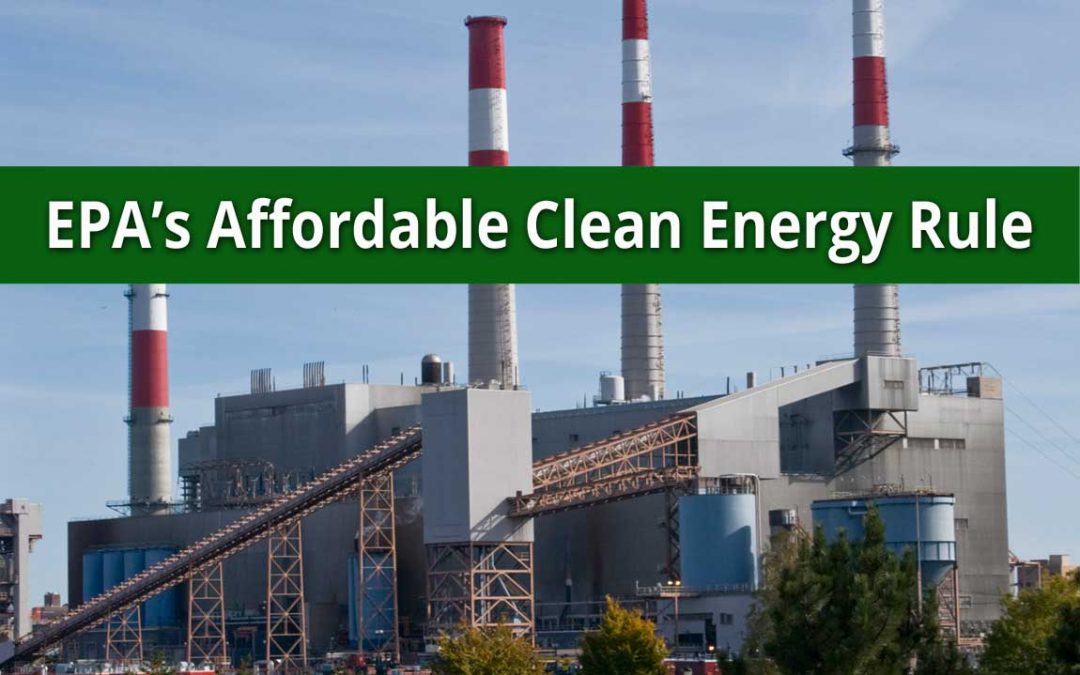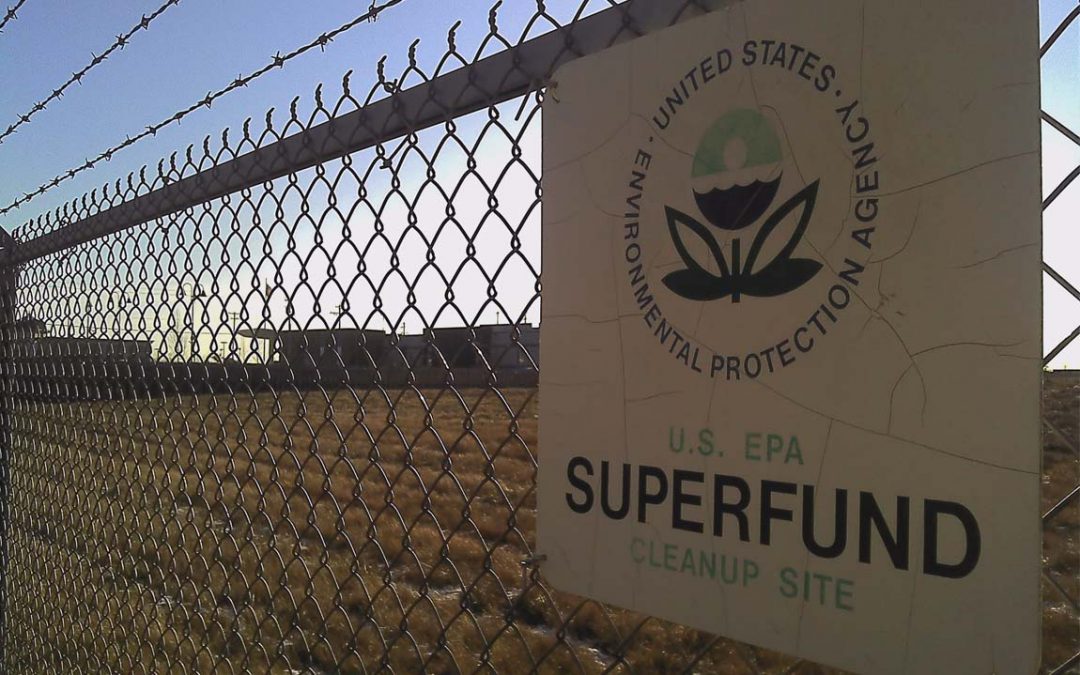
Sustainability is Much More Than Just Being Green
Sustainability…that’s a word that’s been thrown around a lot within the past few years and to many it may conjure images of recycling and being a good environmental steward. However, sustainability is more than just that environmental “stuff,” it’s actually much broader and you can count a lot of different practices towards it.
Sustainability can be defined as what your company is doing to contribute to society in terms of social responsibility, economic growth, AND environmental protection. It’s what your company is doing to ensure you are adding value to society by how you manage resources, interact with your community, and work with your employees while staying profitable to sustain jobs for your community.
Large corporations have entire teams dedicated to sustainability strategies. Medium and small companies are soon going to need to develop sustainability strategies in order to keep up. Suppliers are already being asked to implement and start showing their own sustainable actions. It’s not a matter of if sustainability will need to be addressed by your company, it’s when.
Goals of Sustainability
The goal of sustainability is to ensure your company is being a sustainable resource that’s in a way profitable for everyone. It needs to ensure:
- Customers will want to buy from you.
- People will want to work for you.
- Other businesses will want to do business with you.
- The community will want to have you there.
- You’re doing what you need to do to protect natural resources and the environment.
- You’re finding ways to improve efficiencies and lower risk.
Sustainability Areas
There are a number of areas in your company where you can find and develop sustainable practices. These include:
- Community Involvement: How your company is making the community(ies) you’re located in a better place to live. How do you contribute to improving your community, how do you affect its culture and be a good economic source of jobs?
- Employment Practices: Being a good place to work by promoting personal and professional development, diversity, empowerment and participation from your employees.
- Business Relationships: Engaging in fair-trading practices with suppliers, distributors and partners.
- Morality and Ethics: Setting ethical standards and practices in place for working with all persons who have a stake in the success of your business.
- Transparency: Timely communications with those affected by your company and being accountable to your internal and external customers.
- Value of Products and Services: Providing a good quality product and/or service that adds value, while ensuring customer satisfaction.
- Regulations Compliance: What you are doing to ensure you’re following all local, state, and federal regulations.
- Resource Management: Managing resources efficiently, conscientiously and effectively.
- Financial Return: Compensating providers of capital with a competitive return on their investment and protecting your company assets.
- Protecting the Environment: Promoting restoration of the environment, finding ways to reduce waste, and sustainable development of products, processes, services and other activities.
Every department of your company can get involved to affect the process. For example, it can start with Procurement finding raw materials with lower environmental impacts and socially-responsible suppliers, to Production devising processes that are more efficient while maintaining environmental and safety standards, to Marketing who can look at how sales and distribution methods can reduce adverse social and economic impacts.
What Can Sustainability Include?
Sustainability efforts can be internal or externally focused. Some examples of each include:
Internal
- Energy efficiency
- Process innovations
- Research and development
- Plant certifications such as ISO 14001, 45001 and 9001
- Process Safety Management
- Audits for environmental standards and practices
- Employee programs and benefits
- Training
- Assessing impacts of new or expected regulations and auditing areas of potential noncompliance
- Minimizing liabilities
- Standardizing systems and measures
External
- Community involvement and philanthropy
- Regulations compliance
- Supplier audits and requirements for work practices
- Supplier certification requirements
- Public disclosure of sustainability reporting
- Including sustainability information in shareholder documents
- New market opportunities and sustainable or environmentally-affected product advances
- Waste minimization
- Social policy statements/guidelines
- Environmental policies
- Avoiding creating contamination
Other Applicable ISO Standards
There are ISO standards for other items that would be included in sustainability efforts.
There is an ISO 50001 for Energy Management. Its focus is on how to improve energy use through the development of an energy management system. This management system is the same used for ISO 14001 and 9001.
There is also a standard for social responsibility, ISO 26000. ISO 26000 is a guidance only and cannot be certified like other ISO standards. This standard helps clarify what social responsibility is and gives best practices relating to social responsibility globally.
Where Do You Start?
Just saying you’re committed to sustainability isn’t going to make it happen. You need to incorporate it into your company culture. Very much like any effective safety program, this too needs to start with support from top management and become an expectation that trickles down into each and every part of your company until it becomes a part of your corporate culture.
First, you need to decide how sustainable you want to be and what resources you want to dedicate to it. Decide which areas you want to tackle. For it to be successful what you choose to do needs to make financial sense and fit well with your company culture, your products, your location, and/or your customers.
Take a look at what you’re already doing. What else can be done? What are the costs and benefits of what you could do? How can future costs be impacted by improvements you can make today?
Are there companies that you are working for who are requiring (or considering) requiring sustainability efforts? What are those? Are certain certifications such as the ISO 14001 environmental management system going to be required? We are finding that many companies, especially those who work globally, are starting to require suppliers to get ISO certifications like the ISO 14001 because they are a recognized standard for implementing an overall environmental management system.
ISO certifications have a set framework that looks at internal and external policies, communications and procedures. Certification also helps demonstrate you are committed to putting standards and procedures in place to comply with regulations. Once you’ve been through one ISO certification, you’ll find the others are very similar, including the ISO 45001 certification for safety because it uses many of the same methods.
Once you decide what you want to do, how far you want to go, and what your budget is going to be, then you’ll need to get different stakeholders involved. You can have an outside company help you get organized, or you can develop your own in-house team. Some companies have created internal committees like they do with safety committees, and some have hired full-time sustainability managers to make sure the effort stays on track.
How Do You Track Success?
Sustainability isn’t like sales or other goals your company is used to tracking, it can be hard to put a metric to it. Sustainability is often a long-term goal and harder to predict. It is sometimes harder to implement than other goals because it can be more abstract, but nonetheless important.
Besides typical measures like waste reductions, energy savings, and cost savings, there are other metrics that can be counted towards sustainability. These could include metrics such as
- Recycling savings;
- Training expense per employee;
- Number of sites with environmental or safety certifications;
- On-time delivery;
- Number of jobs posted and filled internally;
- EHS capital expenditures;
- Number of customer complaints;
- Positive reviews;
- Purchases from minority businesses; and,
- Number of workers participating in industry or community organizations.
In Conclusion
We at iSi are already hearing that some of our major clients are looking to requiring their suppliers to have sustainability programs in place. We have also had to start developing specific programs related to social issues, not just compliance issues any more.
It looks like sustainability is here to stay and will only continue to grow as an expectation. iSi has a number of services in place to help you with your sustainability efforts and we are here to help in any way we can.
Learn more about the sustainability services iSi can help you with here.
iSi's Sustainability Services
iSi can help you get several internal and external sustainability tasks accomplished, including all of the ISO standards listed and more. Check out where we may be able to help you by visiting our Sustainability page.


